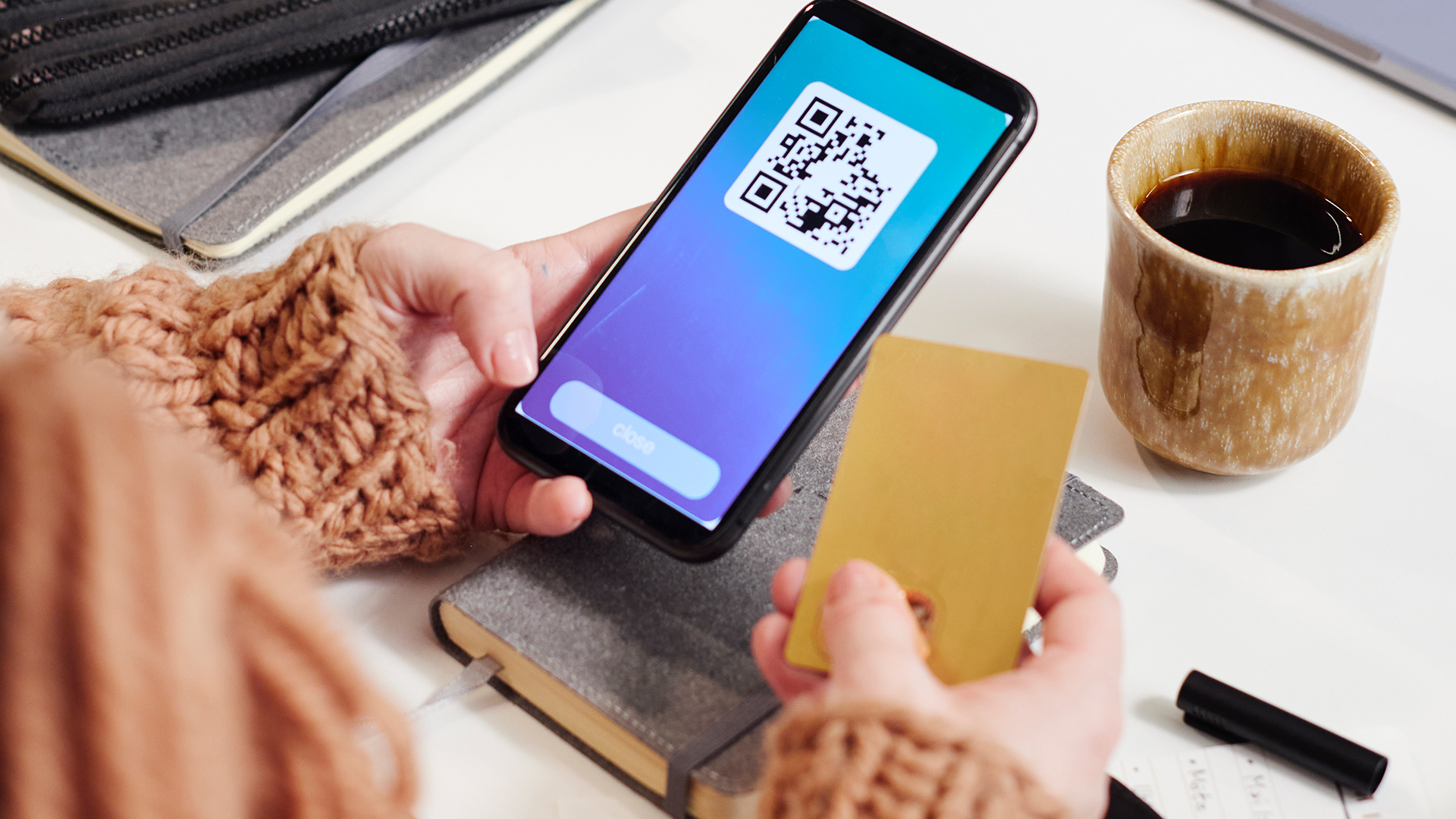AARP Hearing Center

QR codes are everywhere—from restaurant menus to package tracking. But where there is innovation, there are criminals exploiting them for fraud. QR codes are now being used by scammers to lead you to phishing websites, where they may steal sensitive details like banking info, login credentials and more.
Before acting on a QR code in the real world, check for signs of manipulation (a sticker over the original QR code, for example). And you don’t have to use a QR code—if you’re at a restaurant, ask for the printed menu. Also, look at emailed or texted QR codes with suspicion; the point of them is to link you to a website when you’re not otherwise online.
Just like when clicking links, it's important to use caution when scanning QR codes to ensure the source is trustworthy.
Be a fraud fighter! If you can spot a scam, you can stop it.
Report scams to local law enforcement. For help from AARP, call 877-908-3360 or visit the AARP Fraud Watch NetworkTM at aarp.org/fraudwatchnetwork.































































